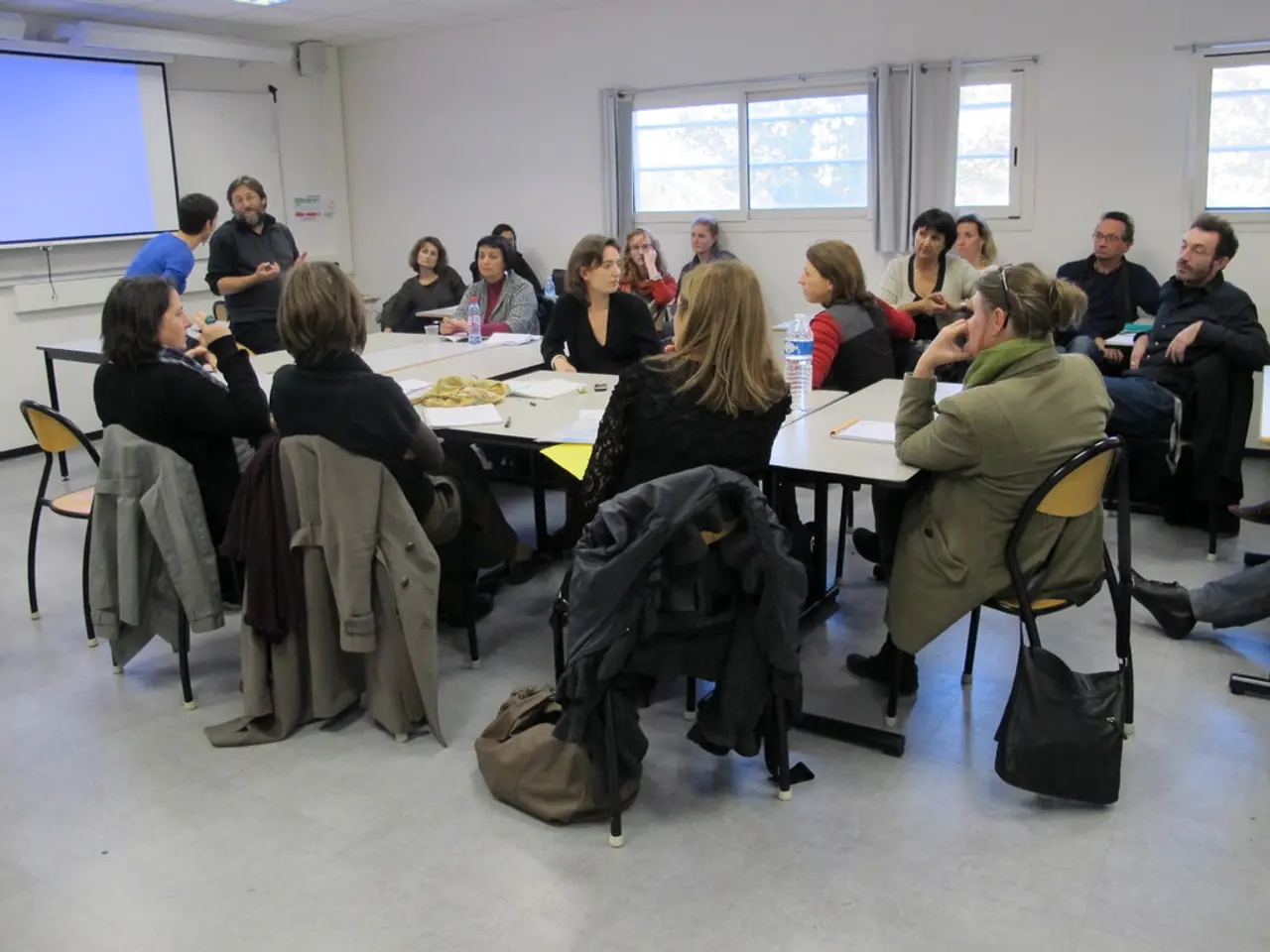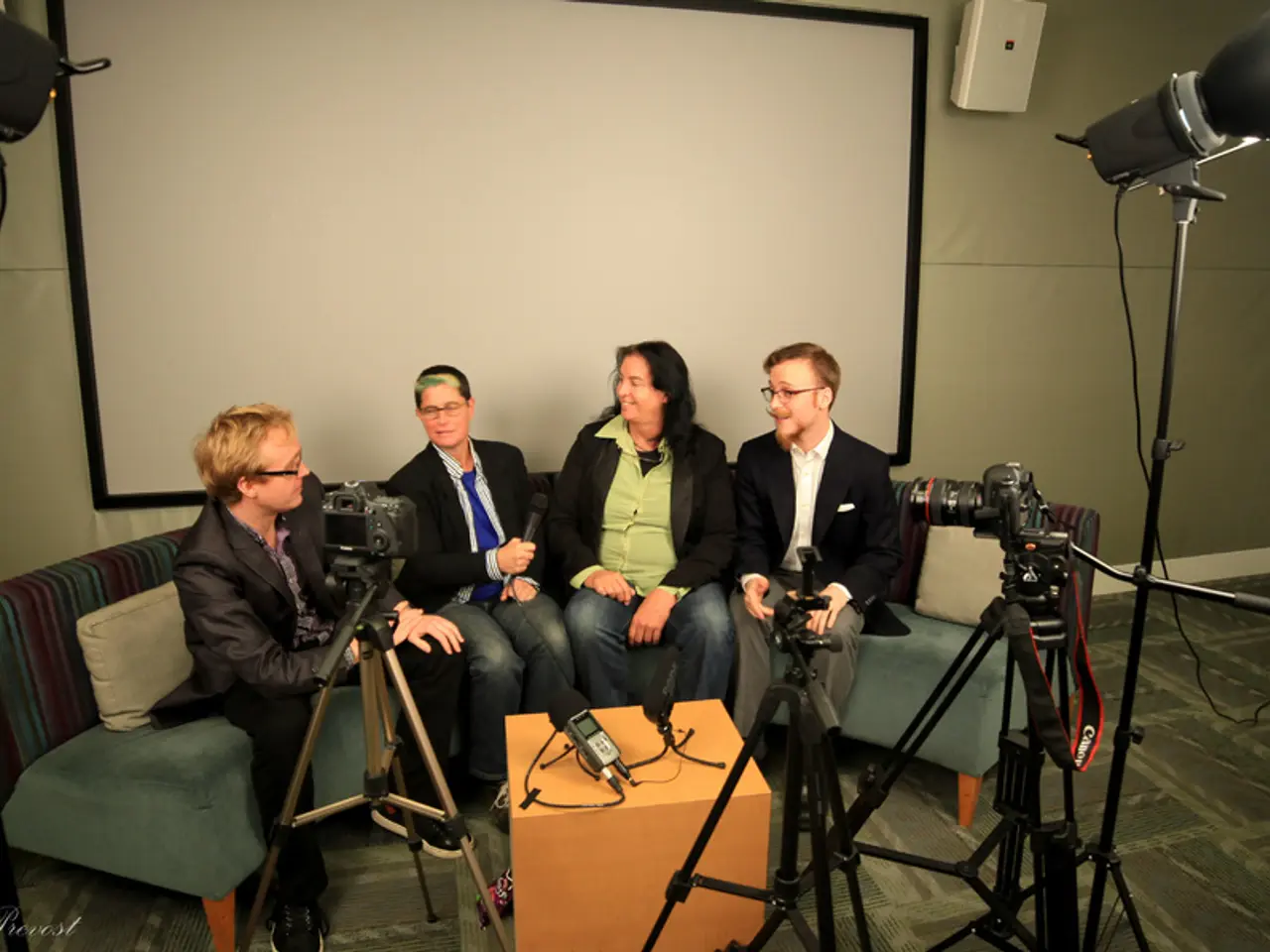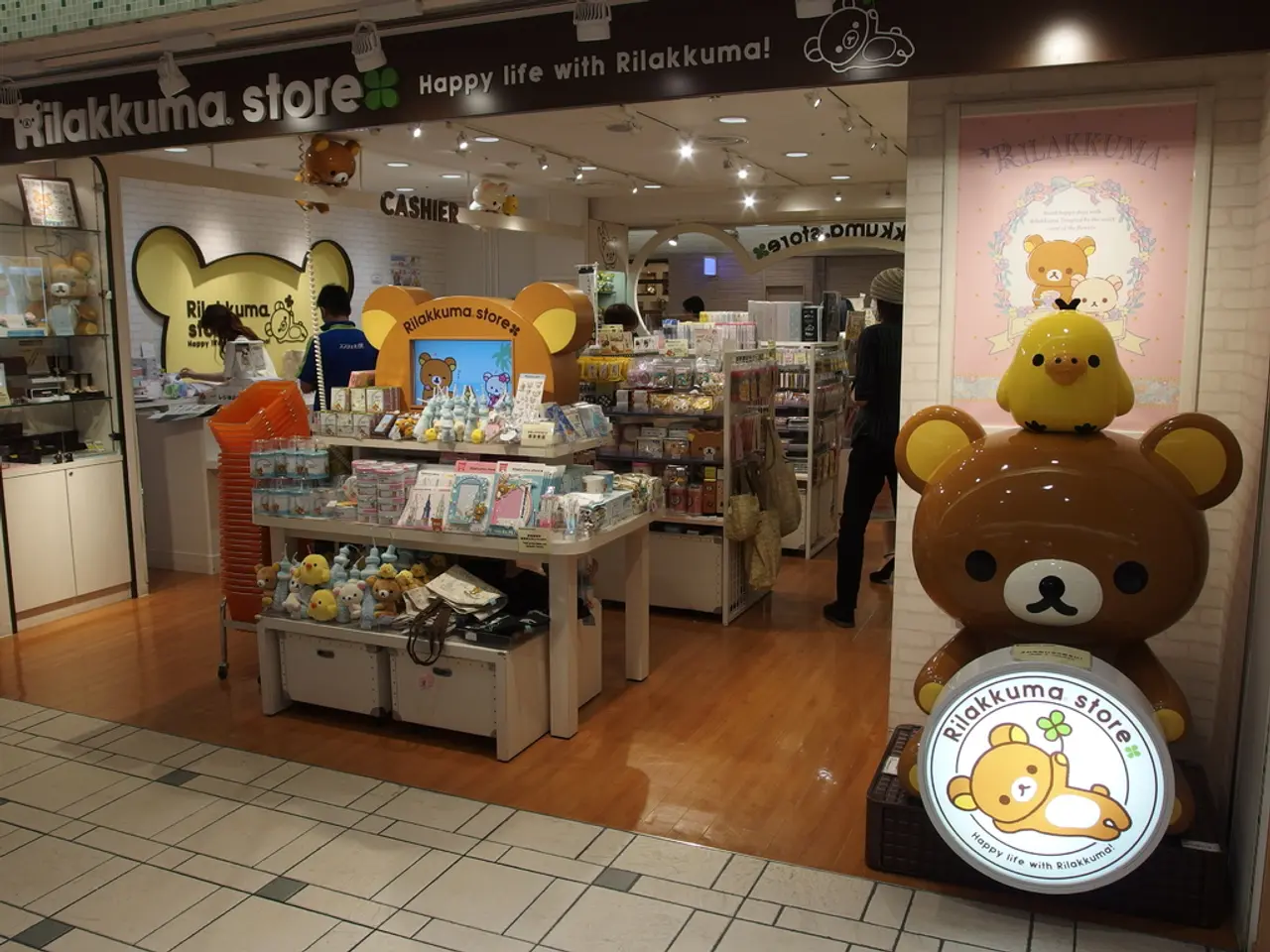Enhancing the Initial Experience: Pondering Over Inclusion in WordPress
In a recent talk, a speaker highlighted the importance of inclusivity in the WordPress community, emphasizing that it is not just a policy or a rainbow logo, but a practice that lives in soft systems, including backstage decisions and editorial guidelines.
The speaker believes that building a better WordPress starts with building a better welcome. They have observed both welcoming contributors who ask about inclusion and others who assume defaults are good enough for everyone. The speaker, who uses they/them pronouns and experiences both warmth and shrinking in the WordPress community, encourages ongoing conversations and keeping the door open.
One of the key approaches to fostering inclusivity is the integration of accessibility tools and plugins. Deploying tools like UserWay provides customizable widgets for text resizing, contrast adjustment, keyboard navigation, and screen reader support, making websites more usable for people with disabilities and diverse needs without requiring extensive coding.
Moving beyond technical compliance, communities should prioritize usability by building forms and navigation that are keyboard-accessible, screen reader compatible, and easy to understand. This reduces user frustration, lowers bounce rates, and encourages meaningful engagement.
Cultivating inclusive mindsets and practices is another essential aspect. This involves actively fostering an environment where diverse users feel welcomed and valued. This means educating contributors on multicultural and multilingual perspectives, encouraging empathy, and involving users with disabilities in feedback and testing.
Inclusivity must go deeper than website features. It is about embedding it in daily development habits, content creation, and community moderation policies. Every update or new contribution should be reviewed with inclusivity in mind to avoid accessibility regressions.
Providing training and resources to community members and developers about inclusive design and accessibility best practices is also crucial. This collective knowledge helps ensure inclusivity is practice-driven, not just stated as a goal or buzzword.
The speaker also emphasized that inclusivity is messy and ongoing, involving course corrections and owning up to mistakes. They proposed that we should think of inclusivity as a kind of emotional accessibility, where one's full self is welcomed, anticipated, and woven into everything.
In the talk titled "Over the Rainbow: Talking about Inclusivity for the LGBTQIA+ Community in WordPress," Kirsty Burgoyne focused on the importance of building spaces where people can bring their full selves. They asked the question, "is it as inclusive as it could be?" referring to the WordPress community.
The speaker encourages continued talking, listening, and keeping the door open. They invite conversation, not because they have the answers, but because they believe in a kind of web where more people are allowed to ask better questions. They also acknowledge that being included isn't the same as being seen, and that trying matters.
The speaker suggests that the center is not neutral, and that belonging should be baked in, not just an ideal. They ask how we can keep making room for softness, slowness, and stories that don't fit neatly in slides or sprints.
In summary, WordPress communities can transcend buzzwords by applying accessible design tools, prioritizing user experience, embedding inclusive development habits, supporting diversity awareness, and nurturing a culture of trust and collaboration around inclusivity. This holistic, lived approach ensures inclusion is woven into everyday practice, not just policy statements or technical checklists.
- The speaker urges the WordPress community to consider inclusivity as a form of 'emotional accessibility', where everyone's full self is welcomed, anticipated, and integrated into all aspects.
- To foster a more inclusive WordPress community, the speaker proposes prioritizing 'diversity awareness' and educating contributors on multicultural and multilingual perspectives, as well as encouraging empathy and involving users with disabilities in feedback and testing.
- Communities should not only focus on the technical compliance of websites but also ensure usability by building accessible forms, navigation, and content that caters to a wide range of 'lifestyles' and needs, including those with disabilities.
- To reinforce inclusive practices, it's essential to provide ongoing training and resources on 'inclusive design' and 'accessibility best practices' for members and developers within the community.
- Moving forward, the speaker recommends a 'holistic, lived approach' to inclusivity, where accessible design tools, user experience prioritization, embedded inclusive development habits, and a culture of trust and collaboration are woven into everyday practices, not just policy statements or technical checklists.




